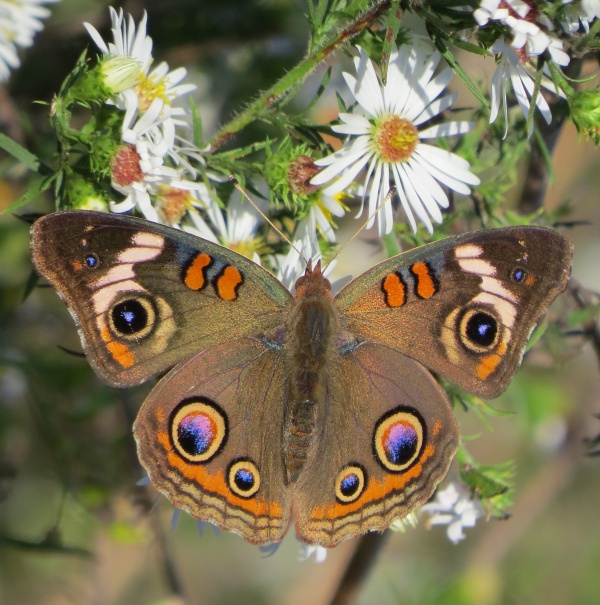Facts About Junonia coenia
The common buckeye butterfly, scientifically known as Junonia coenia, can be observed throughout the United States, except in the northwest. This butterfly, a member of the Nymphalidae family, originally hailed from Africa and subsequently evolved into diverse species across Asia. It prefers open areas with low vegetation and patches of bare ground for its habitat.
The caterpillars of the common buckeye exhibit fascinating behaviors, particularly regarding their diet and defense mechanisms. They feed on plants rich in iridoid glycosides, bitter compounds that not only render their food more palatable but also provide a defense against predators. These chemicals influence both the caterpillars' growth and their interactions with predators in various ways.
Adult common buckeye butterflies are renowned for their striking wing patterns, with a wingspan ranging from 2 to 2.5 inches. The caterpillars, which can grow up to 1 5/8 inches long, also display distinctive color patterns and spines. As pupae, or chrysalides, they develop a brown coloration with beige markings and a spiky texture.
In terms of its lineage, the butterfly appears to have migrated from Africa to Asia, eventually diversifying into different species in various isolated regions. The caterpillars favor plants like Plantago lanceolata and Lantana camara, particularly those rich in iridoid glycosides and yellow flowers about to bloom.
Regarding reproductive behavior, female butterflies use chemical cues, such as iridoid glycosides and catalpol, to select egg-laying sites. The larvae then concentrate these compounds to deter predators. These caterpillars typically feed alone and exhibit minimal aggression towards one another.
During migration, common buckeyes move seasonally to avoid cold temperatures. They favor habitats connected by corridors, facilitating local travel. Their predators include ants, wasps, birds, and small animals, but the iridoid glycosides in their diet offer some protection. However, the Junonia coenia densovirus can infect the larvae, impacting their survival rates.
